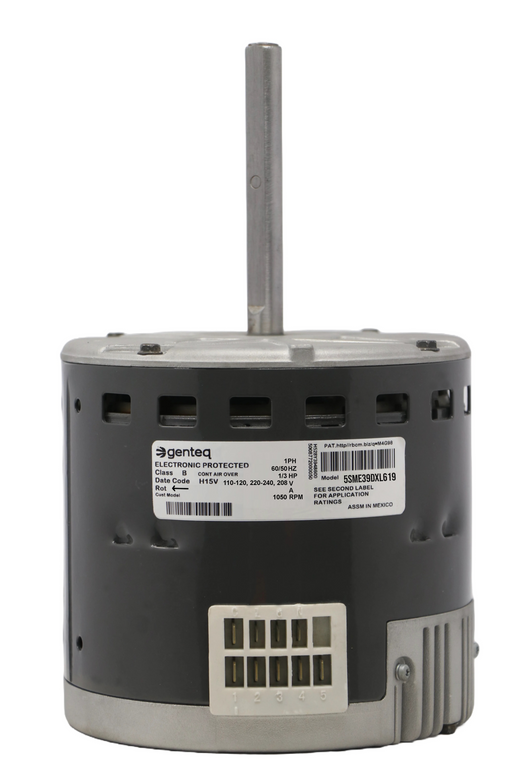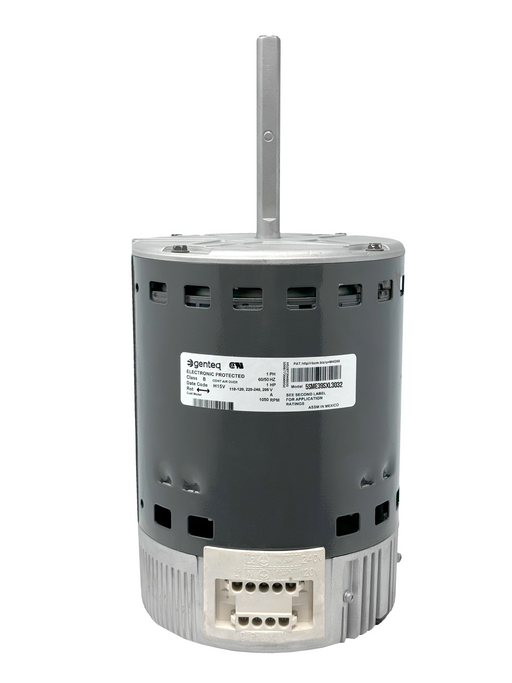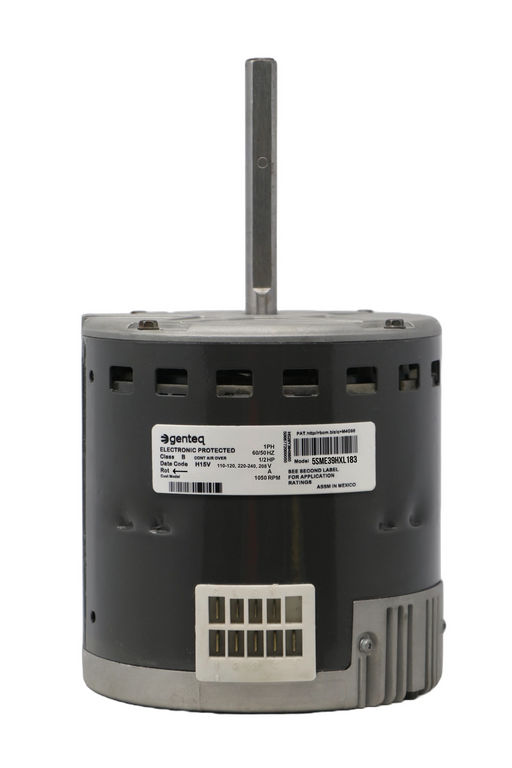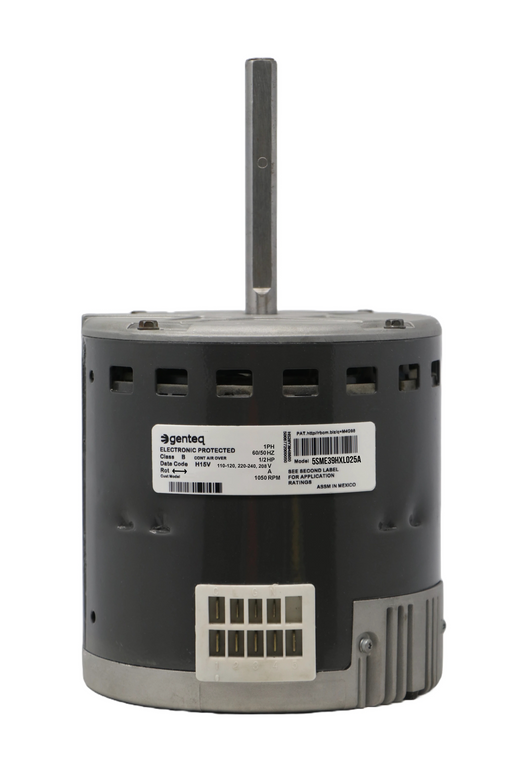(813) 440-8108

What Is the Ideal Static Pressure in HVAC Systems?
Static pressure in HVAC refers to the resistance air encounters as it moves through ductwork, filters, and other system components. Maintaining the right static pressure ensures proper airflow, system efficiency, and longevity. If the pressure is too high or too low, your HVAC unit may struggle to heat or cool your space effectively, leading to increased energy costs and potential damage.
In this article, we’ll explain what static pressure is, the ideal range for residential systems, and how to measure and maintain proper static pressure for peak HVAC performance.
What Is Static Pressure in an HVAC System?
Static pressure measures how hard your HVAC system has to work to push air through your home. It’s similar to blood pressure in the human body—if it's too high or too low, problems arise.
How Static Pressure Works
Your HVAC system relies on a blower fan to move air through the ductwork. As air flows, it encounters resistance from:
-
Ductwork size and design
-
Air filters and registers
-
Dampers and coils
-
Grilles and vents
If static pressure is too high, your system has to work harder, reducing efficiency and increasing wear and tear. If it’s too low, airflow is weak, leading to uneven temperatures and poor performance.
What Is the Ideal Static Pressure for HVAC?
For most residential HVAC systems, the ideal total external static pressure (TESP) is around 0.5 inches of water column (in. WC).
-
Normal Range: 0.3 - 0.6 in. WC
-
Too High: Above 0.9 in. WC (causes stress on the blower and reduced efficiency)
-
Too Low: Below 0.2 in. WC (may indicate duct leaks or airflow restrictions)
While commercial HVAC systems may operate at different static pressure levels, residential units typically function best in this range.
👉🏻 How to Replace HVAC Blower Motor
5SME39DXL619 GE Genteq Blower Motor ECM X13 1/3 HP
Remanufactured Motor by United HVAC Motors 2 Year Replacement Warranty (Terms Apply) Plug n Play - 100% Programmed Match your Motor Model N...
View full details5SME39SXL3032 GE Genteq Blower Motor ECM 3.0 1 HP
Remanufactured Motor by United HVAC Motors 2 Year Replacement Warranty (Terms Apply) Plug n Play - 100% Programmed Match your Motor Model N...
View full details
What Causes High Static Pressure in HVAC?
Several common issues can cause high static pressure in your HVAC system:
1. Undersized or Poorly Designed Ductwork
Ducts that are too small or have too many bends restrict airflow, forcing the blower to work harder.
2. Dirty or Clogged Air Filters
A dirty filter creates resistance, increasing static pressure. Changing air filters regularly (every 1-3 months) can help.
3. Closed or Blocked Vents and Dampers
Closing too many vents disrupts airflow, leading to pressure buildup. Ensure all vents are open and unobstructed.
4. Dirty Coils or Blower Wheel
Dust buildup on evaporator coils or blower wheels reduces airflow, increasing resistance. Regular maintenance prevents this issue.
How to Measure Static Pressure in HVAC
To check your system’s static pressure, an HVAC technician will use a manometer, a tool that measures pressure at different points in the system.
How It’s Done:
-
The technician drills small test ports into the supply and return ducts.
-
A manometer probe is inserted to measure pressure in inches of water column (in. WC).
-
The total external static pressure (TESP) is calculated by adding the supply and return readings.
A reading above 0.9 in. WC suggests airflow restrictions, while a low reading may indicate leaks or weak airflow.
👉🏻 How to Repair an HVAC Blower Motor: A Step-by-Step Guide
How to Fix High Static Pressure in HVAC
If your system has high static pressure, here are steps to correct it:
-
Check and Replace Air Filters – Use the right size and change them regularly.
-
Inspect Ductwork – Ensure ducts are properly sized, sealed, and free from blockages.
-
Keep Vents Open – Never close more than 20% of your home’s vents to avoid pressure buildup.
-
Clean Coils and Blower Wheels – Regular maintenance prevents airflow restrictions.
-
Upgrade Your Duct System if Necessary – If your ducts are too small, consider resizing them to improve airflow.
👉🏻 How to Test HVAC Blower Motor with a Multimeter: A Comprehensive Guide
Final Thoughts
Maintaining the right static pressure is essential for HVAC efficiency, comfort, and system longevity. If your HVAC system is struggling with airflow issues, high energy bills, or frequent breakdowns, static pressure could be the problem. Regular maintenance, proper ductwork design, and replacing filters on time can help keep your system running smoothly.
If you're unsure about your HVAC system’s static pressure, consider having a professional technician measure it and recommend solutions to optimize airflow.
5SME39HXL183 GE Genteq Blower Motor ECM X13 1/2 HP
Remanufactured Motor by United HVAC Motors 2 Year Replacement Warranty (Terms Apply) Plug n Play - 100% Programmed Match your Motor Model N...
View full details5SME39HXL025A GE Genteq Blower Motor ECM X13 1/2 HP
Remanufactured Motor by United HVAC Motors 2 Year Replacement Warranty (Terms Apply) Plug n Play - 100% Programmed Match your Motor Model N...
View full details





